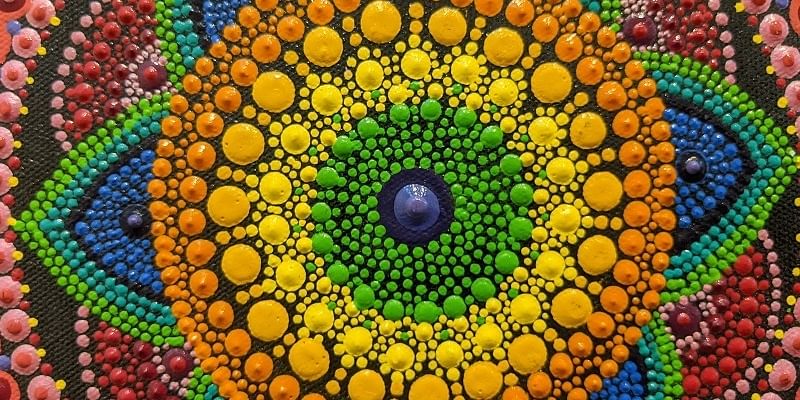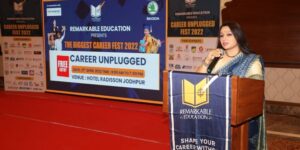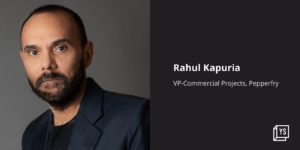Launched in 2014, PhotoSparks is a weekly feature from YourStory, with photographs that celebrate the spirit of creativity and innovation. In the earlier 620 posts, we featured an art festival, cartoon gallery. world music festival, telecom expo, millets fair, climate change expo, wildlife conference, startup festival, Diwali rangoli, and jazz festival.
Karnataka Chitakala Parishath recently hosted an outstanding exhibition and workshop series, titled Endangered Folk Arts of India. See Part I of the photo essay, and our coverage of the earlier exhibitions: Chitra Santhe, Moghi’s Tales, Team Yuva Collective, Aadipaaya, and Print India Biennale.
The event was organised by the International Indian Folk Art Gallery (IIFAG), an Australian art organisation with deep Indian roots.
Eight workshops were also conducted on folk art forms like pichwai (by Daulat Ram), madhubani (Avadhesh Kumar Karn), gond (Raman Singh Vyam), phad (Abhishek Joshi), warli (Anita Dalavi), pattachitra (Sushant Maharana), kangra (Vandana Rajah), and bhil (Shanta Bhuriya).
Vision and achievements
“During the pandemic lockdown of 2020, we got to know about some artists who were struggling with basic food amenities. We decided to help them with the support of our friends and family,” explains Dushyant Dangi, Founder of Tribal Art India, in a chat with YourStory.
They were amazed by the response to their social media posts, some of which went viral. “We got calls from across the globe. Celebrity writers such as Varun Grover and Suchita Dalal bought the paintings and also promoted this cause,” Dushyant recalls.
“With more research, we found out that almost all the tribal artists were in a bad financial situation and were even living in slums,” he laments.
Thus, Tribal Art India was founded as an online platform to support tribal artists. “It enables them to get the fair price for their work without any middleman. It also helps preserve and sustain the rich culture of our country,” Dushyant affirms.
The exhibition at Karnataka Chitrakala Parishath was their second such offline exhibition. “We loved the whole experience. The idea of workshops helped engage people for more time, and they learned about the history of the art,” he adds.
“Most of the people who visited were enthusiastic and loved the experience. As an art curator, I could see they were enjoying the whole experience. We also generated good revenue and great contacts,” Dushyant explains.
Art and society
“Art is the first language of the world. It has so much to say about our history and what we see around us, in every possible way,” Dushyant explains.
“I see art as the history which we still need to explore and learn from. It explains our lifestyles and culture. Since I am a social worker, it fulfills my duty to society as a bonus,” he adds.
“The best way to preserve any art is to make it popular,” Dushyant emphasises. He sees success in different ways, in terms of duration and collaboration.
“Short-term success will be to help these tribal families became self-sustainable. Long-term success will be if I am able to permanently add Indian tribal art to household interiors,” he explains.
Success would also come from innovation and changing art forms. “For example, this could involve collaborating between two different art forms to create a new art piece,” Dushyant signs off.
Now, what have you done today to pause in your busy schedule and find new avenues to apply your creativity?
Dushyant Dangi
(All exhibition photographs were taken by Madanmohan Rao on location at the exhibition.)
See also the YourStory pocketbook ‘Proverbs and Quotes for Entrepreneurs: A World of Inspiration for Startups,’ accessible as apps for Apple and Android devices.










